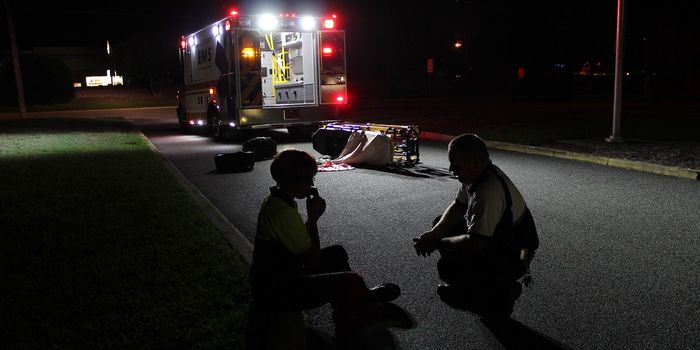Wireless Brain-Spine Interface Reverses Paralysis in 40-Year-Old Man

In order to walk, the brain sends signals to neurons in the lumbosacral spinal cord- located at the base of the spine. While most spinal cord injuries do not involve damage to these neurons, disruptions in descending pathways prevent signals from the brain from producing walking.
In previous studies, researchers found that stimulating certain areas of the lumbosacral spinal cord enables standing and walking. However, these attempts required wearable motion sensors, and produced unnatural walking control with limited ability to adapt to different terrain and volitional demands.
In the current study, the researchers sought to improve on their previous approach via the use of a digital bridge between the brain and spinal cord. To do so, they placed an electronic implant in the area of the brain responsible for controlling leg movements and a neurostimulator connected to an electrode array over the lumbosacral spinal cord area.
Using artificial intelligence, they were able to translate movement intentions from the brain into sequences of electrical impulses to activate neurons in the spinal cord and achieve desired leg movements. Wireless communication between the brain implant and neurostimulator enabled more natural movements
So far, the researchers have tested the technology on one patient, a 40-year old man who was paralyzed after a bicycle accident. After receiving the treatment, the patient reported being able to regain natural control over movement in his paralyzed legs, including standing, walking and climbing stairs.
The researchers noted that the patient underwent remarkable improvement in sensory perception and motor skills, even when the digital bridge was switched off. This, they noted, suggests that new nerve connections developed from using the technology. They hope that similar technology may one day be able to restore arm and hand functions, and that it may be applied to other clinical indications such as paralysis due to stroke.
“The concept of a digital bridge between the brain and spinal cord augurs a new era in the treatment of motor deficits due to neurological disorders,” wrote the researchers in their paper.








